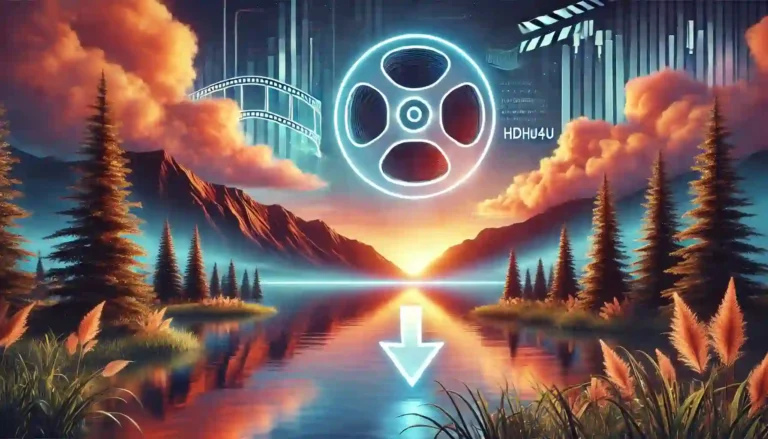How do you define indigenous religion? Well, that’s a complicated question because Native Americans are not monolithic. Indigenous religion and spirituality spans hundreds of tribes and is as diverse as the tribes themselves. It’s constantly evolving — after all, it’s an extension of the indegnous self.
Indigenous religious beliefs and sacramental practices are based on traditions, moral codes, oral tradition, and a complex system that oftentimes is misunderstood by other ethnic groups and was virtually erased by colonization. Religious scholars at times misunderstood the concepts and failed to adequately understand the true essence of the ceremonies by projecting their own struggles with Christian concepts. Furthermore, very few scholars were able to fully embrace traditions, ceremonies, and distinct cultural identity to fully experience indigenous religion.
The complex history of struggle, loss, generation trauma is closely tied to Native American spirituality in the way we interact with each other, our land, and our community. Our beliefs are embedded in our language and ceremonies which were virtually erased, which is why we are so protective of it. The mystical narrative is tightly woven into our daily lifestyle. Despite the constant struggle of modern society, we often look to our past for guidance and continue to adapt our spirituality to help us face the future.
The term religion is not a concept that many tribes even share, and it’s very different than Western religion. Indigenous worldviews varied from tribe to tribe as was what was deemed religious. For instance, the Iroquois believe of the Sky World or Sky People or the Pueblos believe of cosmology and different levels of the underworld. Furthermore, indigenous religions focused on the sacred as opposed to Christian religions which focused on good and evil. This Eurocentric worldview lacked the understanding of the relationship between human beings and other living things. We still see this today in the pollution and abuse of our rivers and land. There’s virtually no accountability and responsibility to the natural world. We see things — all things, as living creatures while Western standards are more confined to just the self and the punishment of God. This has created misconceptions about spirit animals, indigenous mysticism, and what is sacred.
There’s no singular “Native Religion” with one set of rules, doctrines, and views. Indigenous religion is more like looking at a prism — each unique, sometimes interwoven to create light and provide guidance in an otherwise complicated dark world.
Eurocentric views attempted to under simplify and distort the sacred relationship we had with one another and other living things. Since ceremonial knowledge is passed down orally, and many practices were considered illegal, knowledge of certain ceremonies is restricted.
Some religious practices need strict instruction from medicine men/women and initiation is required for those who will use it. Value is placed on not just the self but of all and generosity is key to tribal survival. There is a simple system that dictates the different aspects of our lives which include, spirits, ghosts, ancestors, etc. This system affects every aspect of daily living including birth and death and is highlighted by special events such as marriages, harvest, and holidays. Some formal or informal ceremonies taught daily lessons into correcting troublesome behavior.
Religious mysticism also focused on rite of passage events that ultimately impacted your status in the community. Ceremonies served to provide structure, tradition, instruction, and reintegration to the community, when new status was gained.
Misconceptions about indigenous religion lie with forced colonization and the view that our practices were evil and primitive. They lacked the understanding that our sacred spiritualism is ever changing and an extension of who we are as a people. The massive and unprecedented destruction and enslavement of indigenous people forced many to abandon “the old ways” and embrace European cultural and religious views. It should be noted that many of our ancestors did this only to survive. Priests and religious clergy took advantage of this and although many indigenous people were baptized as Christian, many never forgot the ceremonies that were forbidden to practice. This also led many to blend indigenous practices with Christian influences, such as the Native American Church or peyote movement in the mid-19th century. Powerful expression of “religion” was often met with violence by those who failed to understand it (for instance, the massacre at Wounded Knee in South Dakota in 1890 after the Ghost Dance).
For this reason, many traditionalists have concerns regarding the oversharing of ceremonies, language, values, traditions and tribal views. The loss of some tribes has been insurmountable and many are working toward preserving those rights for their children’s children. Exploitation of sacred lands can be seen today such as in Mauna Kea, Hawaii. Sadly the U.S. courts do not respect the disturbance of indigenous sacred sites and place economic benefit before indigenous rights and religion.
Preservation is key to tradition and although mysticism and misconceptions still exist, we must fight to reclaim what was taken in order to better serve our communities.




